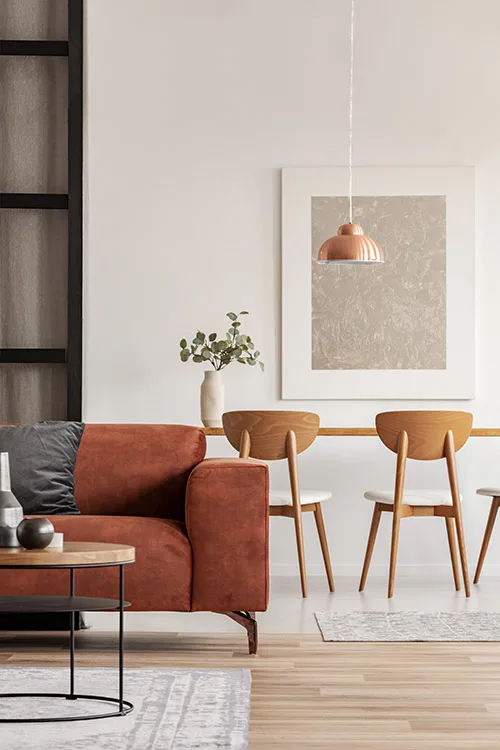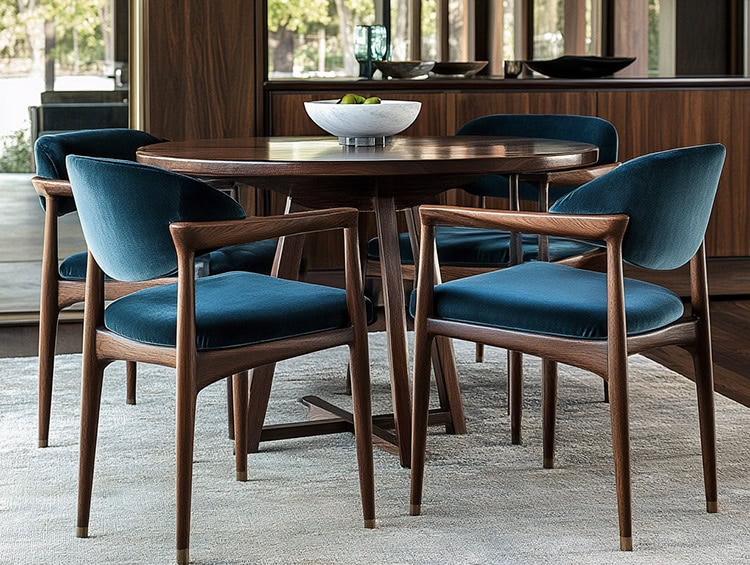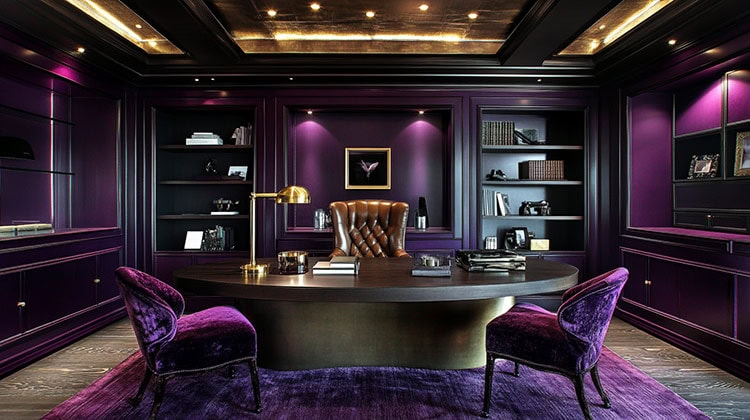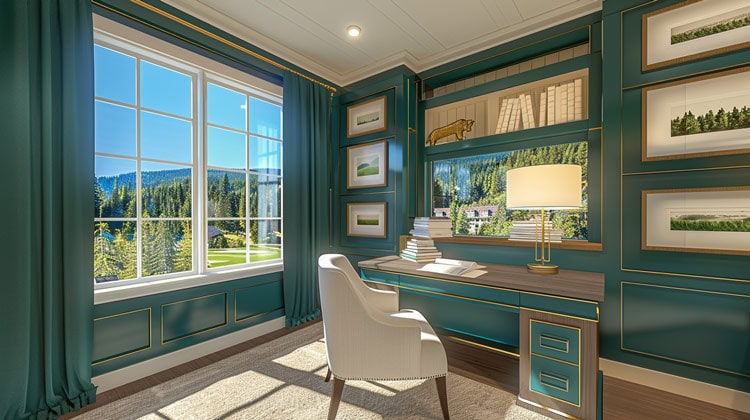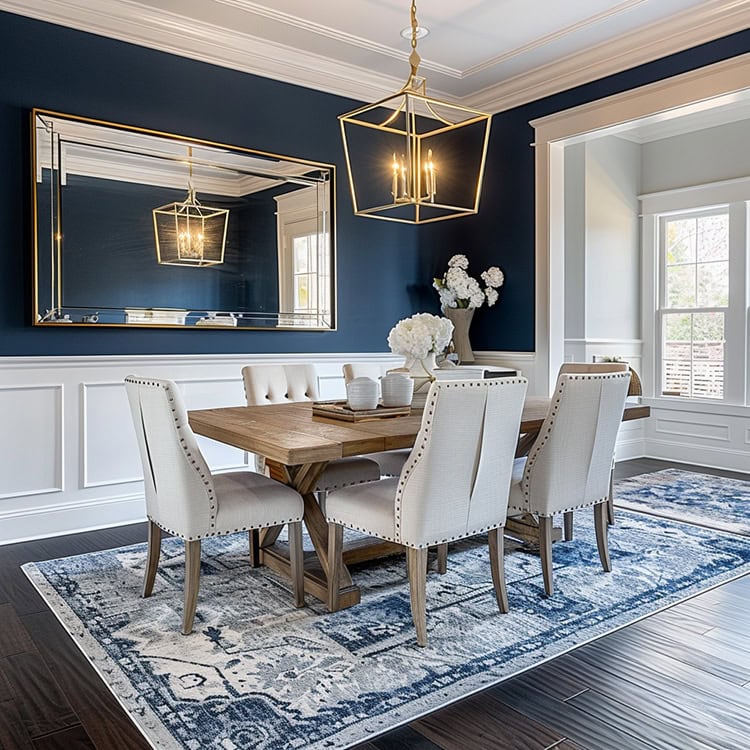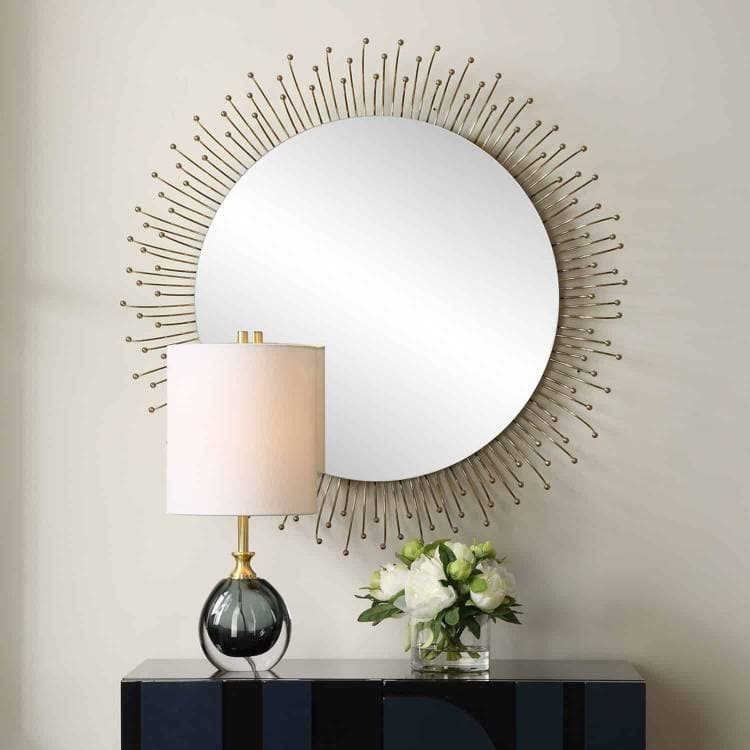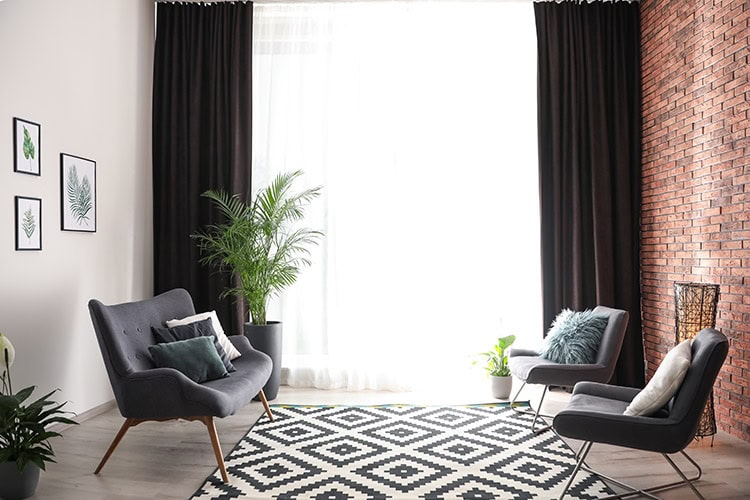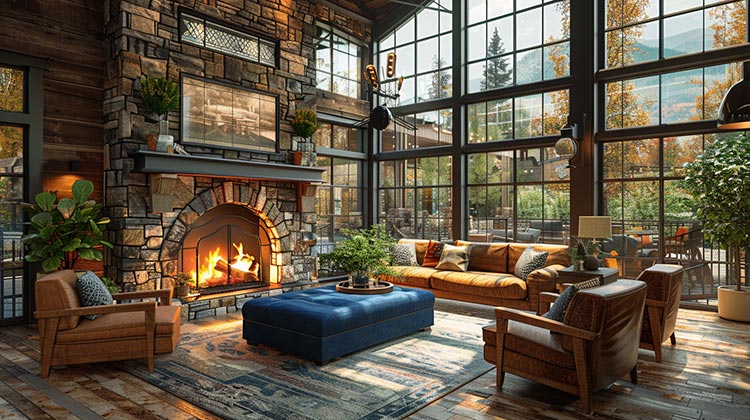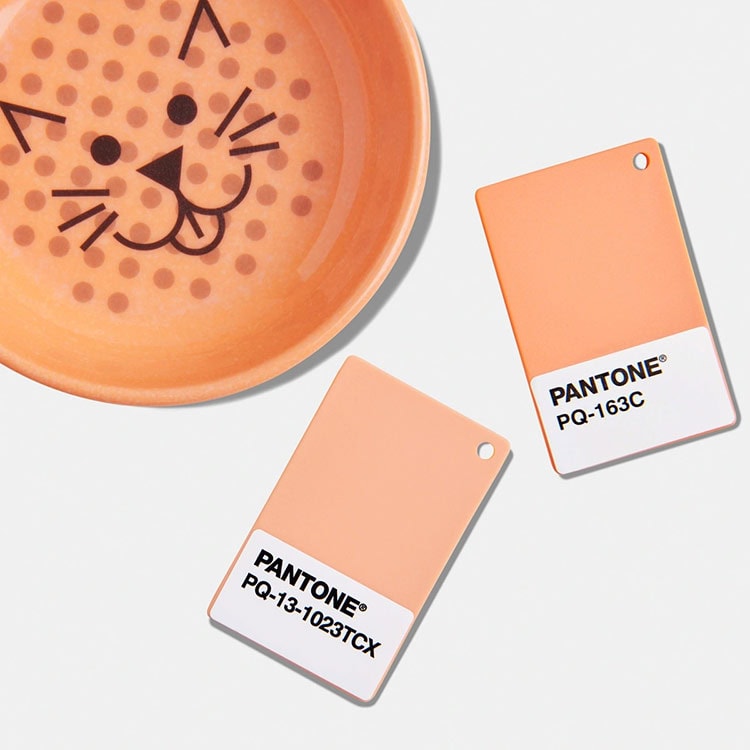It might be hard to envision Japan and Scandinavia having anything in common, but when it comes to design, they are more alike than you may think. In fact, they just might be the perfect hybrid. Meet Japandi, a not-so-old design style that’s getting a lot of new attention.
What is Japandi Design Style? 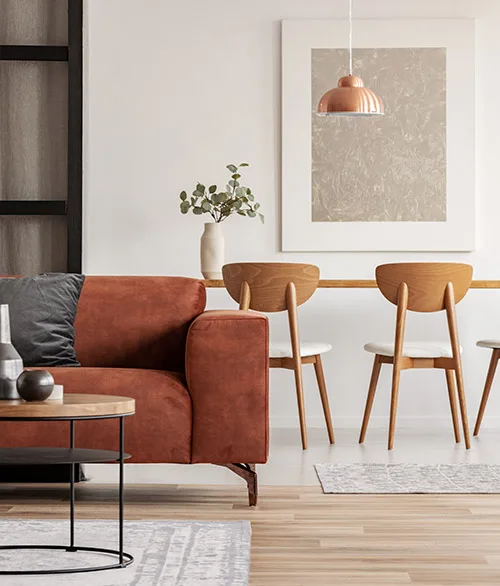
Japandi is where Scandinavian and Japanese designs collide to celebrate the beauty of minimalism and organic modernism. While from two different regions of the world, their design styles share a common vision of functionality, simplicity, love of nature, and craftsmanship. When united, they become the perfect combination of coziness and puristic elegance.
Japanese style can be best described as earthy, warm, and uncluttered. There’s elegant simplicity and calmness to this style It also brings in the tenants of the wabi-sabi worldview, which is all about embracing transience and imperfection. Scandinavian design is a branch of Mid-Century style, featuring clean lines and minimalism in a cozy, informal, and inviting setting.
Characteristics of Japandi Design Style
By definition, Japandi design may sound complex, but it really isn’t. At its core, it’s all about simplicity and minimalism. Some primary characteristics of Japandi style include:
- Open spaces, uncluttered surfaces, and natural light
- The use of sustainable materials
- A preference for handmade products, including their imperfections
- Furniture, fabrics, and decor items that feature natural materials
- A simple color palette
5 Ways to Nail a Sleek Japandi Design Style in Your Home
If Japandi is a style that speaks to you, here are 8 ways to achieve the look in your home:
1. Maintain a simple layout
A room styled in Japandi should appear open, airy, inviting, and comforting. To achieve this, remove obstructions and unnecessary furniture, allowing a free flow of movement throughout the space. If you have a small home, choose slimmer designs so there is more space around.
2. Choose neutral colors
A Japandi space should be one that exudes calm and comfort. Therefore, neutral colors like browns, beige, and grey, are preferred. Lighter shades of blue and green also work. Unlike Scandinavian style, Japandi also features black, especially to add a contrast to the lighter colors.
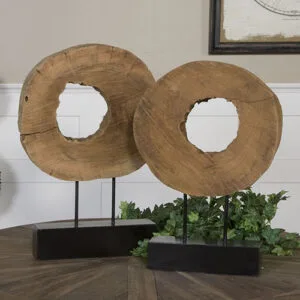 3. Use natural materials
3. Use natural materials
Natual materials fit beautifully within the neutral color scheme of Japandi decor. Furniture made of wood and bamboo is very popular in this style (even better if recycled). In regards to wood color, lighter is better (think light, bright oak). When it comes to fabrics, cotton and linen are ideal choices. For accessories, pieces made of paper, ceramic, and terracotta will round the space out nicely.
4. Keep it on the down-low
In Japan, most people do things close to the ground. Because of this, their furniture is quite low. Choosing low beds and sofas will make it easier for you to get the look. Another option would be to place the mattress directly on the floor or use floor cushions for seating.
5. Minimize visual clutter
Remember, Japandi leans toward minimalism. Spaces, therefore, are to look clean. To achieve this, focus on keeping surfaces, tables, shelves, and countertops as bare as possible. Trays or boxes are used to keep things collected or hidden should they need to be left out. You could even take it a step further by removing labels or storing items in uniform bottles or jars (again, without labels) to keep that clean look.
In regards to accessories, keep those at a minimum, too. Since Japandi is all about function, accessories that are purely decorative aren’t usually encouraged. Instead, let the items you use regularly— books, crockery, cushions— serve as that extra decor.
If Japandi is your style and you are in need of fabrics to achieve the look, stop by our showroom or browse our selection online. We are happy to help you with any decorating project you may have.

